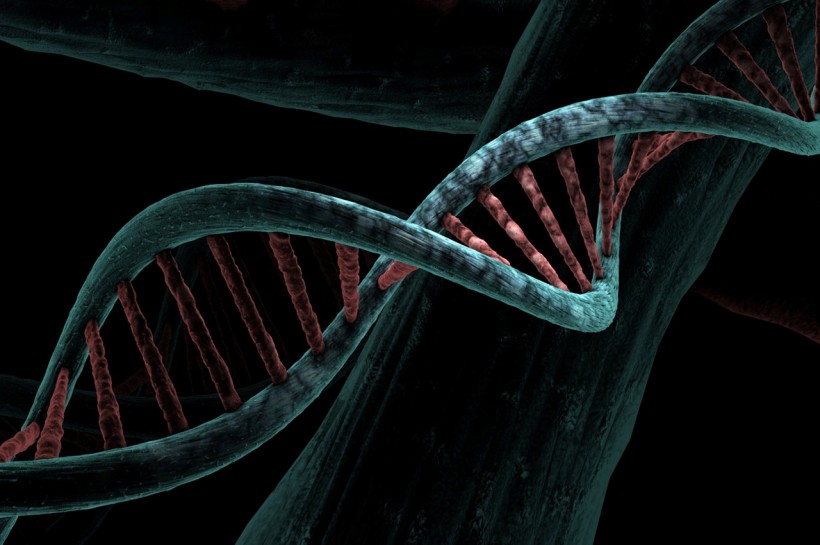Limone sul Garda is a picturesque fishing village in Italy's northern Lombardy region with a population of 1,000. It is the most northern spot in the world where lemons naturally grow, with its exceptionally mild climate at the Alps' feet. But could these factors also have led to the residents' secret "elixir of healthy life"?
CNN reported that many village residents are blessed with great digestive abilities that allow them to eat anything without worrying about expanding waistlines or heart problems. They have special genes known as the "Limone gene" that can destroy lipids and keep blood fluid.

A group in Italy Has the 'Elixir of Healthy Life' With Genes That Allow Them to Eat Anything Without Getting Sick.
It's All in the Genes
The people of Limone sul Garda have been under scientific observation for the past 40 years as scientists want to study the Limone gene. About 60 people in the village have the gene; shopkeeper Gianna Segala said the gene runs in their family. As of now, they are already used to scientists taking blood bags from them, including his brothers and their 96-year-old mother.
Gianni told the news outlet that they have been giving away their blood for recurrent tests since the 1980s. He recalls the first time doctors took their blood when they had him swallow a sugary dose of whipped cream every two hours to monitor his blood. They took his blood after each bite, and even though he ate a lot of it, his blood instantly destroyed the fats without assimilating them.
Despite what most people might think, Segala clarified that they still lead normal lives and are "no Superman." Clinical pharmacology Professor Cesare Sirtori of the Università Degli Studi di Milano who led the team that first discovered the 'elixir' protein known as A-1 Milano, said that people off Limone have extraordinary low HDL cholesterol levels, which is only about 7-15 instead of the normal range of 40-60.
Although low HDL levels are bad for health as it leads to heart problems, such as stroke, those locals had an inverse effect. The protein genetic mutation of the A-1 Milano did not trigger diseases and pathologies.
When Sirtori and his colleagues injected the protein into rabbits in 2000, they found a significant decrease in blood clots in their arteries. They also discovered that it is a dominant gene found in the DNA of children, adolescents, and the elderly.
Having the Freedom to Eat Anything
The Limone gene was first identified in the blood of a train driver who is an ancestor of Segala. He was then involved in an accident in Milan and was taken to the hospital. Doctors cured him but were baffled by his blood results, which started the investigation of the gene in the village.
Gianni's son Giuliano was even tested since he was a child. He recalls that doctors regularly visited them to monitor their genes' behavior. The fact he carries the gene makes him feel more shielded from some diseases as he will likely not have clogged arteries or die from a heart attack.
Like his grandmother, he admitted to happily indulging in greasy cured meats, such as mortadella, salami, and lard. Giuliano never experienced a stomach ache and can eat whatever he likes. But that does not mean he overeats and always exercises with his father to keep a healthy body.
According to Science Daily, the gene discovery could someday eliminate angioplasty, bypass surgery, and other invasive procedures to treat heart diseases since the protein can remove bad cholesterol and present blood clot. More so, it might be useful in repairing diseased vessels that cannot be reached using invasive techniques.
RELATED ARTICLE: Blue-Eyed People Share One Ancestor That Developed the Mutation 6,000 to 10,000 Years Ago
Check out more news and information about Genetics in Science Times.














